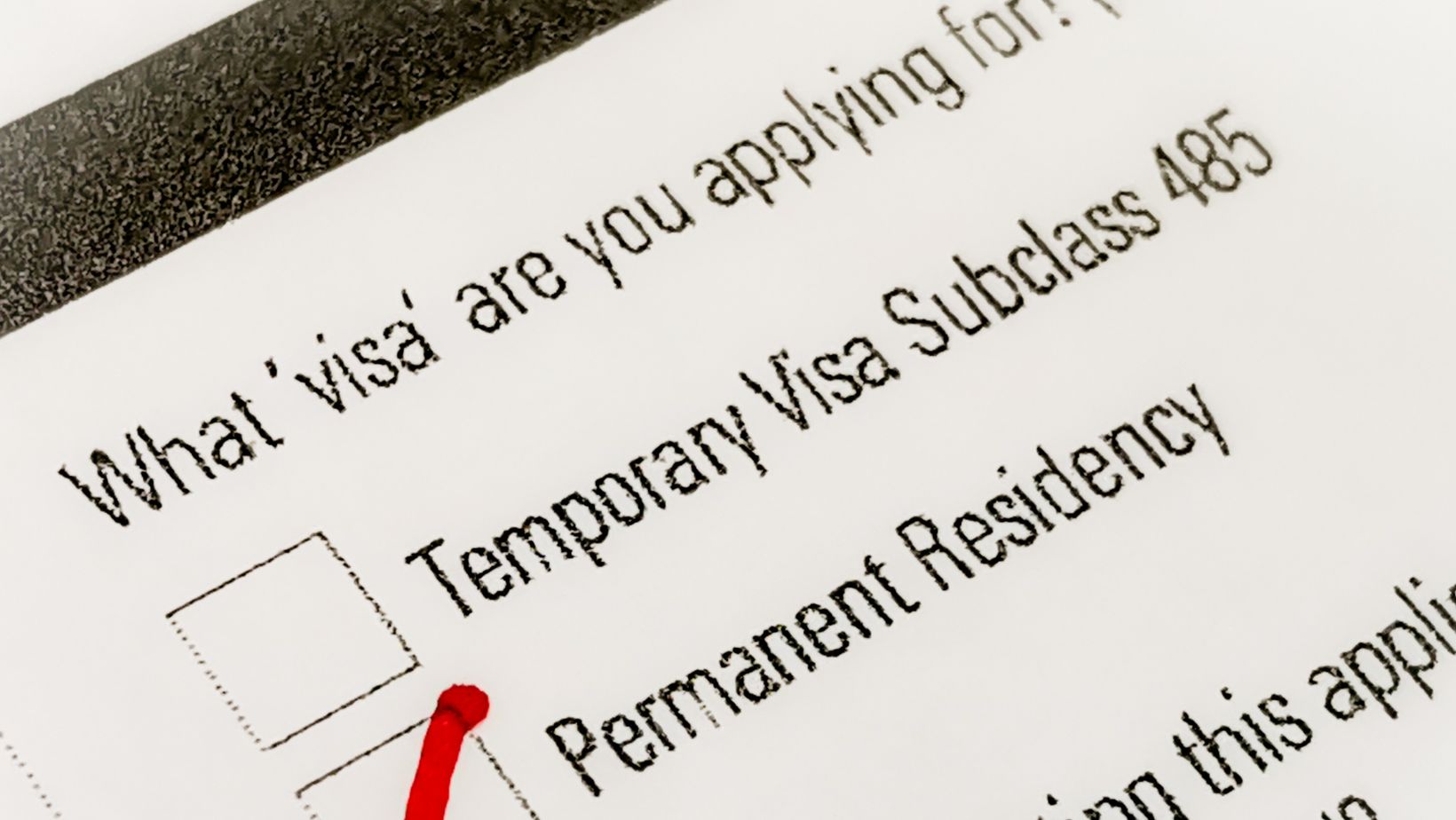If you’ve ever applied for a new license, registered a child for school, or filled out documents at a government office, you’ve likely been asked to provide proof of address. In most cases, this involves presenting utility bills or lease agreements as proof of payment. But what happens if you don’t have any of those documents in your name?
That’s where a proof of residency letter comes in. It’s a simple document, but it’s essential. Whether you’re living with someone else, subletting informally, or moving into a new address with little documentation, this letter can help you meet requirements without jumping through hoops.
This guide will explain what a proof of residency letter is, how to write one correctly, the supporting documents you may need, and how to handle situations where standard paperwork is unavailable.
What Is a Proof of Residency Letter?
A proof of residency letter is a written document that confirms a person’s residence at a specific address. It’s often used as a substitute or supplement when traditional documents are unavailable or insufficient.
This letter can be written by:
- The person living at the address (as written by the individual).
- A landlord or property manager.
- A parent or legal guardian.
- A roommate or head of household.
In most cases, institutions will accept a proof of residency letter as long as it’s detailed, accurate, and supported by at least one additional document that ties the resident to the address.
What Documents Support a Proof of Residency Letter?
A proof of residency letter alone may not be sufficient in some scenarios. Most organizations ask for backup proof. These documents must include both your name and your current residential address.
Accepted forms of proof generally include:
- Utility bills (e.g., electric, gas, water, internet).
- Lease agreements or mortgage statements.
- Recent pay stubs.
- Health or auto insurance documents.
- Official mail from a government agency (IRS, DMV, Social Security, etc.).
- Vehicle registration or voter registration card.
- School records or letters from educational institutions.
Always read the requirements for the agency or office you’re dealing with. Many will list the exact document types they accept, and some may even have templates for the letter itself.
How to Write a Proof of Residency Letter
Writing a proof of residency letter is straightforward, but a few key details must be included to ensure it is legally valid. Here’s what you should include:
- The full name of the person confirming the residence.
- The confirmed address.
- A clear statement verifying the length of time the person has lived at that address.
- The date the letter was written.
- A physical or digital signature.
- Contact details for the person writing the letter.
- A note about the writer’s relationship to the resident, if applicable.
Additionally, if someone else is writing the letter on your behalf (such as a parent or landlord), they should include your full name, address, their relationship to you, and attach a copy of their identification if possible. Some organizations may also require the letter to be notarized.
What to Do if You Don’t Have Traditional Proof
Not everyone has access to utility bills or lease agreements. Many people live with family, stay in shared homes, or sublet rooms informally. If you’re in this situation, you can still verify your address by putting together alternative proof.
You can:
- Ask your landlord, roommate, or family member to write a signed letter stating that you live there.
- Attach a copy of their lease or a utility bill that matches the address. You may also need to obtain a No Objection Certificate (NOC) in some cases.
- Include mail addressed to you at the exact location (even if it’s from a non-government source).
- Provide a copy of your ID with the same address, if available.
If needed, you can also run a reverse address lookup to verify that the address exists and check whether it’s linked to your name in public records. This can strengthen your case, especially if your situation is unconventional or if your application is time-sensitive.
Proof of Residency Letter: It’s Simple if You Do It Right
Getting asked to prove where you live can feel unnecessarily complicated, especially if your name isn’t on a lease or your living situation is informal. But a proof of residency letter bridges that gap. It provides a formal way to confirm your address using clear language and supporting documents.
Keep your letter factual, include the correct details, and support it with any relevant records you have. If you’re missing standard proof, consider using third-party tools to help verify your connection to the address and avoid potential delays.
At the end of the day, residency letters are just paperwork. They won’t be a hassle if you proceed with the right approach.



More Stories
Suhjvfu: An In-Depth Exploration
621628759: Discovering Its Hidden Significance
Cute00Kiara: The Rising Star of Online Content Creation